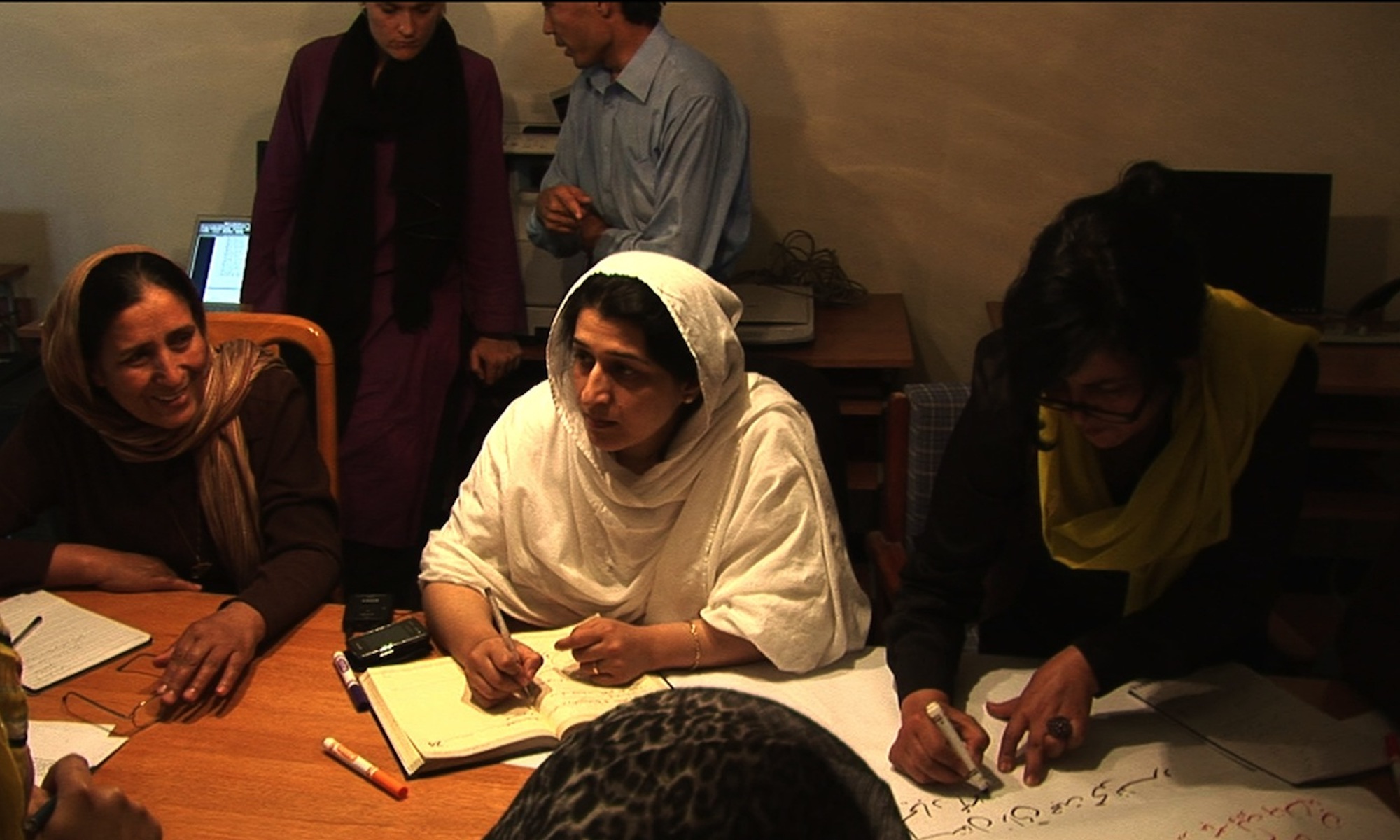During civil wars governments typically resort to inflation to raise revenue. A model of this phenomenon is presented, estimated, and applied to the choices and constraints faced during the postconflict period. The results show that far from there being a fiscal peace dividend, postconflict governments tend to face even more pressing needs after than during war. As a result, in the absence of postconflict aid, inflation increases sharply, frustrating a more general monetary recovery. Aid decisively transforms the path of monetary variables in the postconflict period, enabling the economy to regain peacetime characteristics. Postconflict aid thus achieves a monetary “reconstruction” analogous to its more evident role in infrastructure.

INSCT Postconflict Research Database
The Institute for National Security and Counterterrorism's Postconflict Research Database & Analysis Project stores cross-indexed bibliographic information on hundreds of journal articles, books, book chapters, and case reports that address the broad, interdisciplinary fields of postconflict reconstruction, stabilization, and peacebuilding.